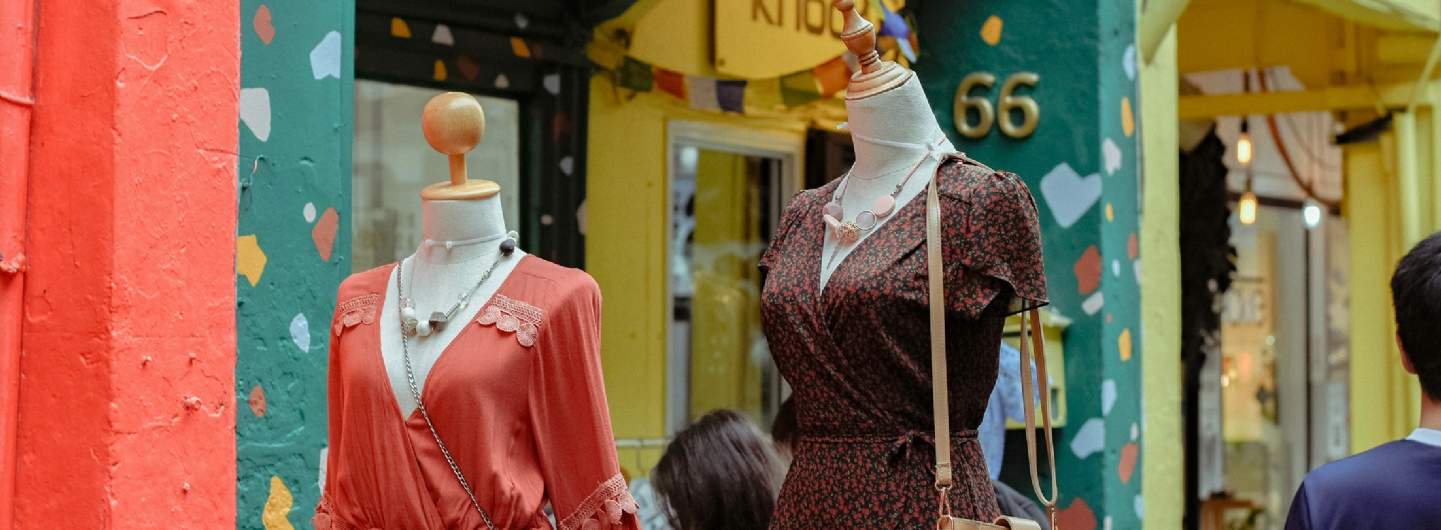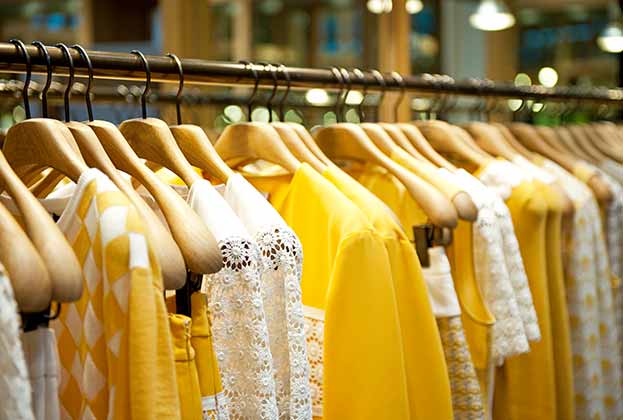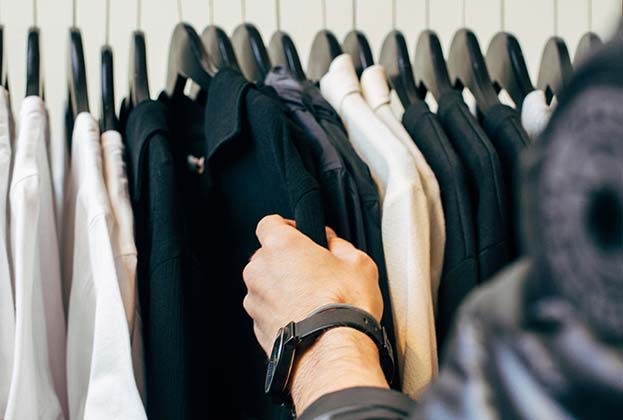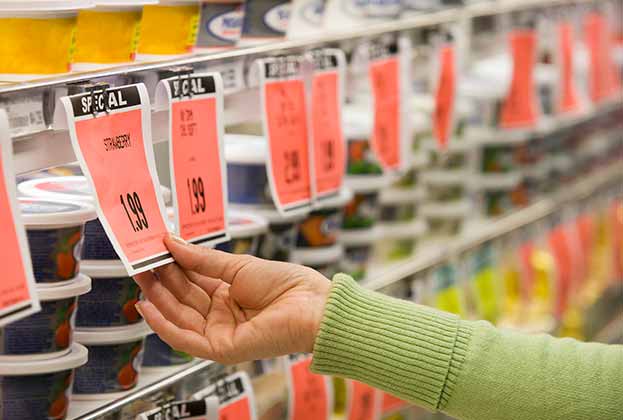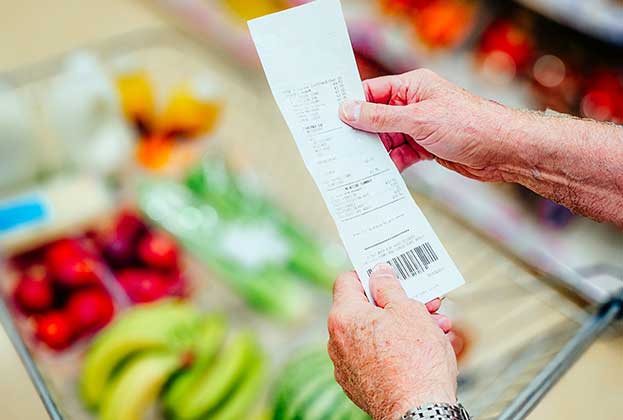Although you may not fancy yourself as the next Miranda Priestly (Devil Wears Prada fans will know), no-one can ignore the growing attention being shone on the clothing market’s environmental impact.
According to the United Nations, the fashion industry is responsible for around 10% of global carbon emissions –more than all international flights and maritime shipping combined. The explosive growth of the clothing resale market has been driven by Gen Z, who were born into a climate emergency and are living through a period of soaring inflation. These factors have crafted a society of more eco-conscious consumers. While a lot of people want to adopt eco-friendly shopping habits, research by Canvas8 found that 57% of respondents said that affordability was the main deterrent they face when it comes to eco-friendly purchasing decisions.
Companies such as Vinted, Depop and eBay have found a way of mitigating this cost, by developing platforms that enable the selling of second-hand clothing; benefitting sellers by topping up their disposable income, while similarly benefitting buyers through finding cost-effective means to update their wardrobe on a budget. This is without mentioning the reduction to the 300,000 tonnes of clothing thrown away in Britain each year. The rising prominence of these platforms has led to a competition for market share. Vinted leads the way with an 84% share of the market as of October 2023 (up from 35% in 2021), following its removal of listing fees and increased advertising spend. In April 2024, eBay sought to rival this and appeal to a younger demographic by removing fees associated with selling second-hand garments, while also reiterating the impact this will have on landfill. Similar companies exist in the luxury market, enabling consumers to purchase designer garments second-hand at a reduced price, including Vestiaire Collective, Resellfridges and ByRotation. Such platforms also typically have the option to rent an item for a certain occasion as opposed to purchasing it.
These trends are infiltrating bricks and mortar retail, as new openings of charity shops and vintage clothing stores are increasing, such as Glass Onion’s opening in Meadowhall (the vintage clothing company started from a coal shed in Barnsley owned by the founder’s Grandma). Even non-stereotypical second-hand brands, including Primark, are offering concession space for pre-loved clothes. It is obvious that the importance of the second-hand clothing market which is expected to nearly double in size by 2027 to £280bn (ThredUp) is recognised by retailers themselves, who are adopting strategies to pivot towards the eco-conscious consumer. Zara introduced its pre-owned service in 2022, enabling shoppers to book repairs and advertise unwanted Zara purchases through its app. John Lewis’s FashionCycle and H&M’s Recycle similarly offer consumers a discount voucher in return for trading in preloved items.
These trends coupled with the weakening performance of pureplay fast fashion operators illustrate the evolving consumer sentiment towards quality and environmental impact. There is now a more recognisable appeal in investing in more sustainable clothing choices that are of a higher quality, arguably that they will need replacing less frequently compared to their fast fashion counterparts. Although such products typically come with a higher price tag, the prolonged lifespan means on a cost per year basis such purchasing decisions make financial sense. If you can purchase such quality pieces second-hand at a lower price point, you’re ticking all the boxes.
Further information
Contact Ellie Marfleet
